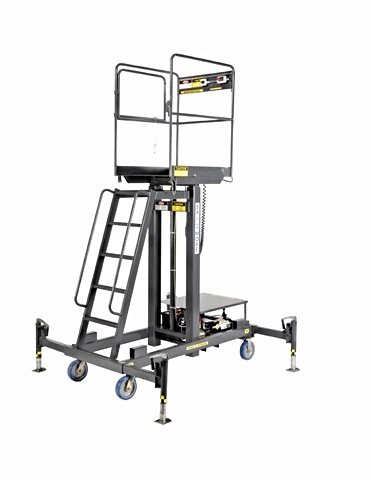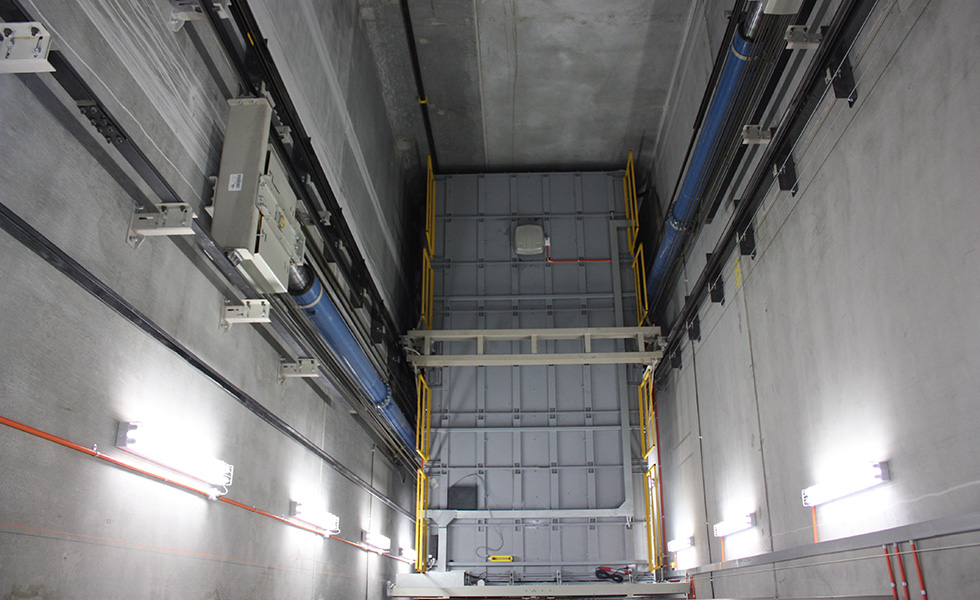Pro Tips for Preserving Your Lift in Leading Problem: An Extensive Introduction
Guaranteeing the ideal performance of a lift system is important for a efficient and risk-free operation in various settings, from industrial storehouses to commercial structures. The key to preserving the long life of these essential machines depends on persistent maintenance techniques and focus to information. By adhering to a structured maintenance routine and preemptively addressing potential concerns, lift owners can minimize costly downtime and safety and security threats. In this detailed overview, we will discover crucial pointers and techniques that will assist you support your lift in peak problem, protecting both devices stability and operational connection. Lift Maintenance Repair.

Importance of Routine Maintenance
Routine maintenance of your lift is crucial to ensure its optimum performance and durability. By adhering to a normal maintenance routine, you can recognize and deal with possible issues before they escalate right into costly repair services or unexpected downtime. Regular upkeep jobs such as lubricating moving parts, evaluating for damage, and checking hydraulic systems can assist protect against malfunctions and make certain safe procedure.
Disregarding regular maintenance not only endangers the effectiveness of your lift yet also positions security risks to customers and building. Elements that are not appropriately kept might fall short suddenly, leading to accidents or damage to the lift itself. Additionally, resolving problems early on through maintenance can extend the life-span of your lift and decrease the probability of major malfunctions.
In addition to enhancing security and performance, regular maintenance can additionally save you money in the future. By purchasing preventive maintenance procedures, you can prevent expensive repair services or replacements that might emerge from disregarding the upkeep of your lift. In general, prioritizing routine maintenance is vital for making the most of the functionality and longevity of your lift system.
Leading Elements to Examine

In addition, pay close interest to the lift's security attributes, such as emergency quit switches, safety sensors, and interlocking devices, to ensure they are working appropriately. On a regular basis evaluate the lift shaft for debris or blockages that could hinder the motion of the lift car. Lastly, don't fail to remember to check out the doors, joints, and door operators to assure smooth opening and closing procedures. By diligently inspecting these top components, you can capture potential issues early and ensure your lift continues to be in top condition.
Aggressive Repairing Techniques
By tracking metrics such as lift rate, motor temperature, and power usage, maintenance teams can recognize early signs of potential issues and take restorative activities prior to they rise. Additionally, applying a preventive upkeep routine that includes lubrication of moving components, screening of emergency brakes, and calibration of sensing units can proactively resolve common lift system issues.
In addition, purchasing training programs for maintenance personnel on repairing strategies particular to the lift design installed can empower them to identify and settle problems swiftly. By remaining in advance of possible troubles through aggressive troubleshooting, lift drivers can ensure a smoother and much more trusted procedure while reducing the risk of unexpected breakdowns.
Crucial Lubrication Practices
Executing proper lubrication practices is critical for guaranteeing the smooth operation and longevity of lift systems. Routine lubrication helps in reducing friction between relocating components, preventing wear and tear that can lead to pricey repair services and downtime. When it involves lift maintenance, following a strict lubrication routine is vital.
Choosing the appropriate lubricating substance is the very first action in effective maintenance. Different components of the lift system might call for particular kinds of lubricants, such as oil or oil. Seek advice from the useful reference maker's guidelines to identify the suitable lubes for each and every component.

Address any kind of problems immediately to stop further damages and make certain the ongoing smooth operation of your lift system. By focusing on appropriate lubrication methods, you can prolong the lifespan of your lift and enhance its performance.
Precaution for Lift Operators
In order to keep a safe workplace and maintain operational effectiveness, lift operators must carefully stick to prescribed security protocols, along with prioritizing necessary lubrication practices for optimal lift efficiency. Security measures for lift operators are crucial to avoid accidents and make certain the smooth functioning of the lift system. Operators needs to undertake extensive training on proper lift procedure, emergency situation treatments, navigate to this website and security guidelines. Normal equipment examinations and maintenance checks are crucial to identify and resolve any kind of possible safety and security dangers without delay. It is necessary for drivers to constantly comply with maker referrals for lots capacities, functional restrictions, and safety and security attributes use.
Additionally, lift operators have to focus on personal safety equipment (PPE) such as helmets, handwear covers, and safety belt when functioning at heights or taking care of heavy tons. Clear communication among drivers, maintenance professionals, and other workers is vital to prevent misunderstandings that could lead to mishaps. Finally, operators must continue to be alert, focused, and prevent disturbances while running the lift to ensure the safety and security of themselves and others in the vicinity.
Conclusion
In conclusion, maintaining a lift in top problem is important for guaranteeing safety and performance in operations. Routine maintenance, comprehensive evaluations of key elements, positive troubleshooting, proper lubrication methods, and adherence to safety and security procedures are necessary for extending the lifespan of the lift and preventing mishaps. By complying with these standards, lift drivers can make certain the continued functionality and safety and security of their tools.
By adhering to a structured upkeep regimen and preemptively attending to potential concerns, lift proprietors can alleviate pricey downtime and safety dangers. Consistently examine the lift shaft for debris or blockages that can hamper the activity of the lift automobile.In order to keep a secure working atmosphere and maintain functional performance, lift drivers have to rigorously stick to prescribed security procedures, along with prioritizing essential lubrication techniques for optimal lift performance. Security procedures for lift operators are essential to protect against mishaps and ensure the smooth performance of the lift system. Regular upkeep, extensive assessments of vital elements, proactive troubleshooting, correct lubrication practices, and adherence to safety steps find more info are essential for extending the life-span of the lift and stopping mishaps.